Has Bosque del Apache National Wildlife Refuge jumped the shark? I fear that it may have. The bird photography at Bosque Del Apache NWR can be sensational from dawn to dusk, but the last couple years have felt “off” to me. Here are a few of my observations, contrasting early December 2022 and 2023 against the same timeframe 2010 and before.
Blast Off. The first thing I noticed concerned the morning blastoff. There was a fairly reliable pre-dawn blastoff of geese from the main impoundment most mornings that was so amazing that hundreds of people would occupy the Flight Deck and the nearby shoreline to witness the event. The thousands of geese gathered on the main pond overnight would begin to become unsettled with increasing noise and movement. Suddenly, often on the periphery of the flock somewhere, a few individuals would launch into flight. If the rest of the flock caught on, they would all erupt into flight, like “the wave” being performed at a football game. Within moments all would take to the air against the pre-dawn sky with an impressively loud noise and fly en-masse somewhere else, typically toward corn fields where they would spend much of their day. But during the last two years I saw no blastoffs at the Flight Deck. In fact, I saw the reverse: a fly-in of large numbers of geese from somewhere to the east. And the number of people waiting for dawn near the Flight Deck was a shadow of the crowds that used to be there for sunrise in years past, which suggests that regulars know not to bother with the flight deck in the morning now. (More people were instead at the crane pool at sunrise than in the past from what I can tell.) Why wouldn’t the geese overnight on the main impoundment in the same large numbers they did before? And where are they overnighting instead, where are they coming from when thy fly in before sunrise?
Crane Pool(s). Another difference I have noticed concerns the two crane pools on the main north-south road approaching the BdA entrane. The northern pool is toast, gone, overgrown with grass and dry. The southern pool (the one with the famous big tree at the south end) has a large paved parking lot. In 2022 the photography and viewing conditions were superb at this pool, and we made hundreds of beautiful images of cranes in dawn light taking flight here. But in 2023 I found the pool to be somewhat overgrown with grass. It’s weird, the pool’s sightlines to the birds just do not seem as clear as I remember in the past. There were a fair number of cranes there each morning, so perhaps the loss of the northern pool has moved all the cranes to the south pool. In any event, we had great light in the mornings this year but on the mornings that I was there the wind did not cooperate, causing most of the cranes to fly out at angles that did not work for photography. That’s how it goes.
Roads, Corn Fields and Distant Birds. One final observation related to the loop roads and distances to the birds. When I was there in 2022 and 2023, the birds seemed to be farther from the road than I remember. I did not observe any large numbers of birds on the south loop, and the large groups I saw on the north loop and its extension were too far to photograph effectively. I did not make any great images from the road in 2023 and maybe a couple in 2022, and I put in my time. In 2023 I often found myself resorting to 840mm of lens yet still unable to compose anything interesting. The simplest explanation is that I am a bad photographer; I certainly do not claim to be a skilled bird photographer but I’m getting better at it. But I recall 12-15 years ago we would often have huge groups of mixed geese within 100 yards or so of the road and it would just be a matter of waiting for them to periodically blast off, circle and settle down again. Each time that occurred offered incredible views and sounds of the flock. But I have seen none of that the last two years. I believe this is related to a couple things, the first being the refuge manager’s plan for which areas of corn to cut at what times. And secondly, there has been serious drought in recent years which limits the refuge’s use of water. I also understand that some of the planted crops “failed” in 2022. I don’t know the details but several refuge staff mentioned this and also stated that as a result the makeup of where the birds spent time during the day changed both within the refuge (think loop roads) as well as outside the refuge in the broader Rio Grande area.
I’m not sure I will return to Bosque Del Apache in 2024. I’m not pouting mind you, just being realistic. The refuge is not a zoo. Managing a refuge is a difficult proposition even when there is plenty of water (which there isn’t). And its not managed for the pleasure of photographers and bird watchers (although it would be nice if they factored that into planning somewhat!). That said, it has been sublime in my experience as both a photographer and an outdoorsman, but the last two years felt “off”.
Here are some of the images I shot in 2023. Cheers, and thanks for looking!
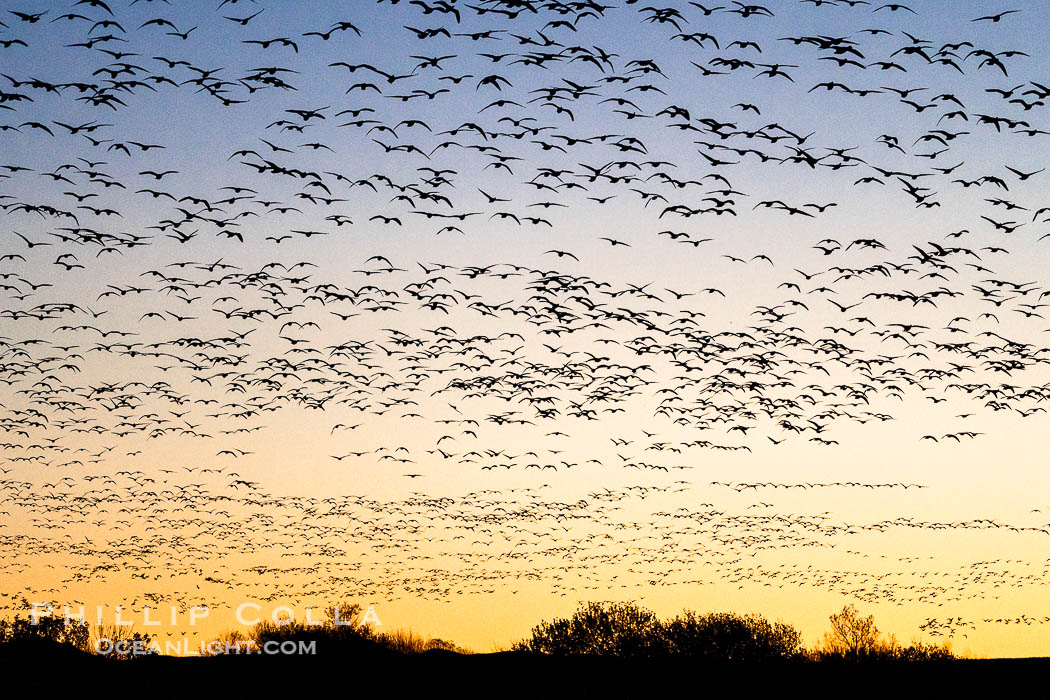
Snow geese fly in huge numbers at sunrise. Thousands of wintering snow geese take to the sky in predawn light in Bosque del Apache's famous "blast off". The flock can be as large as 20,000 geese or more.
Image ID: 39904
Species: Snow Goose, Chen caerulescens
Location: Bosque del Apache National Wildlife Refuge, Socorro, New Mexico
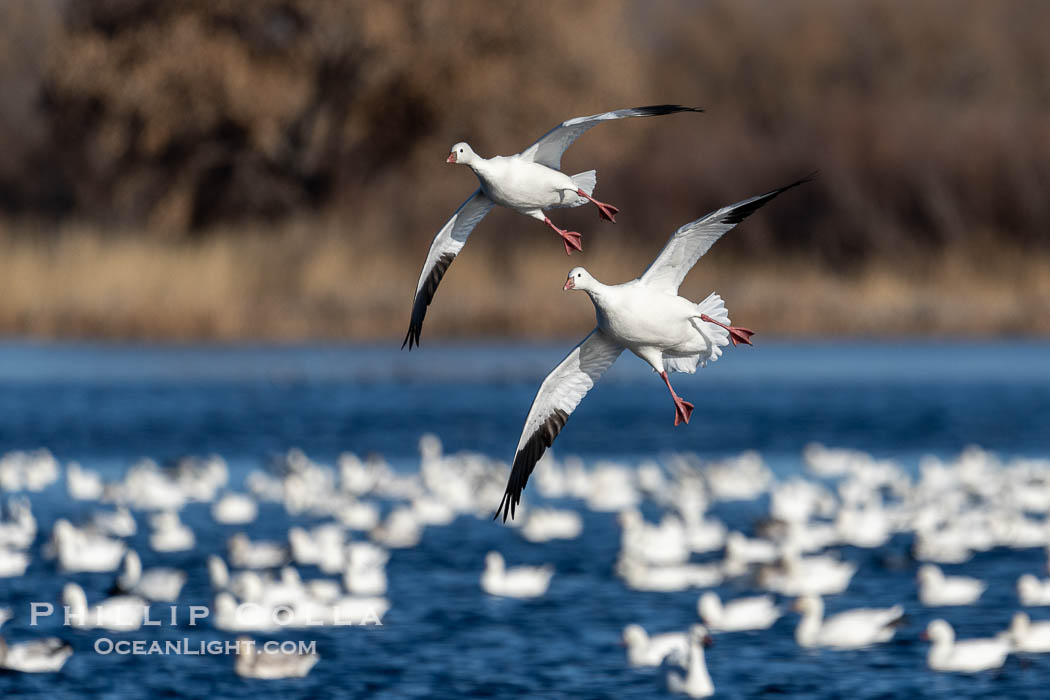
Snow Geese in Flight in Large Flock, Bosque del Apache National Wildlife Refuge.
Image ID: 39921
Species: Snow Goose, Chen caerulescens
Location: Bosque del Apache National Wildlife Refuge, Socorro, New Mexico
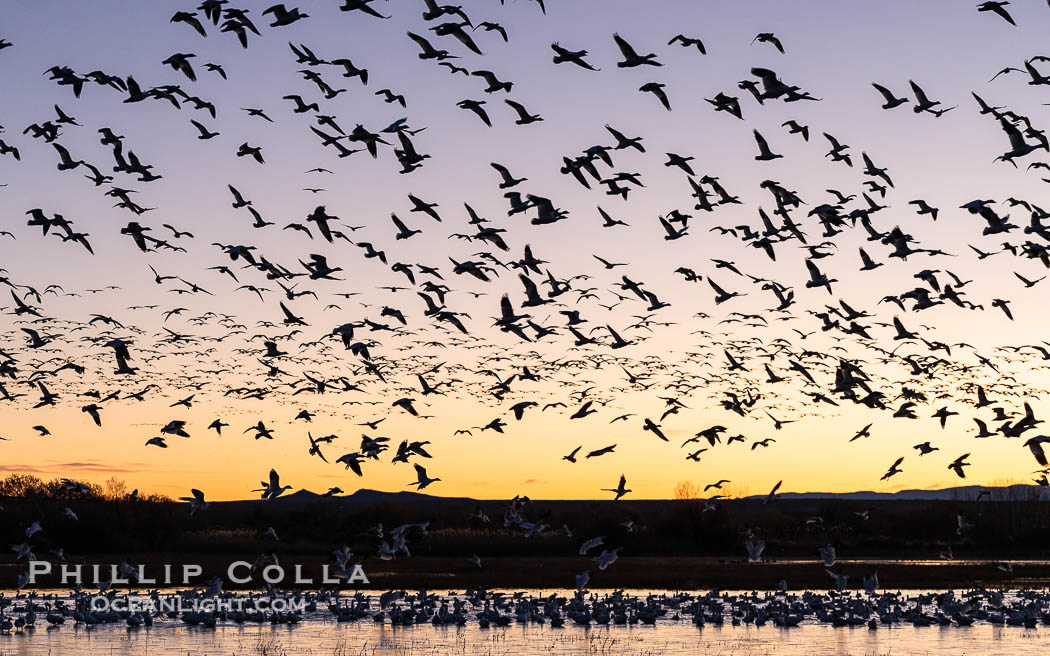
Snow geese fly in huge numbers at sunrise. Thousands of wintering snow geese take to the sky in predawn light in Bosque del Apache's famous "blast off". The flock can be as large as 20,000 geese or more.
Image ID: 39931
Species: Snow Goose, Chen caerulescens
Location: Bosque del Apache National Wildlife Refuge, Socorro, New Mexico
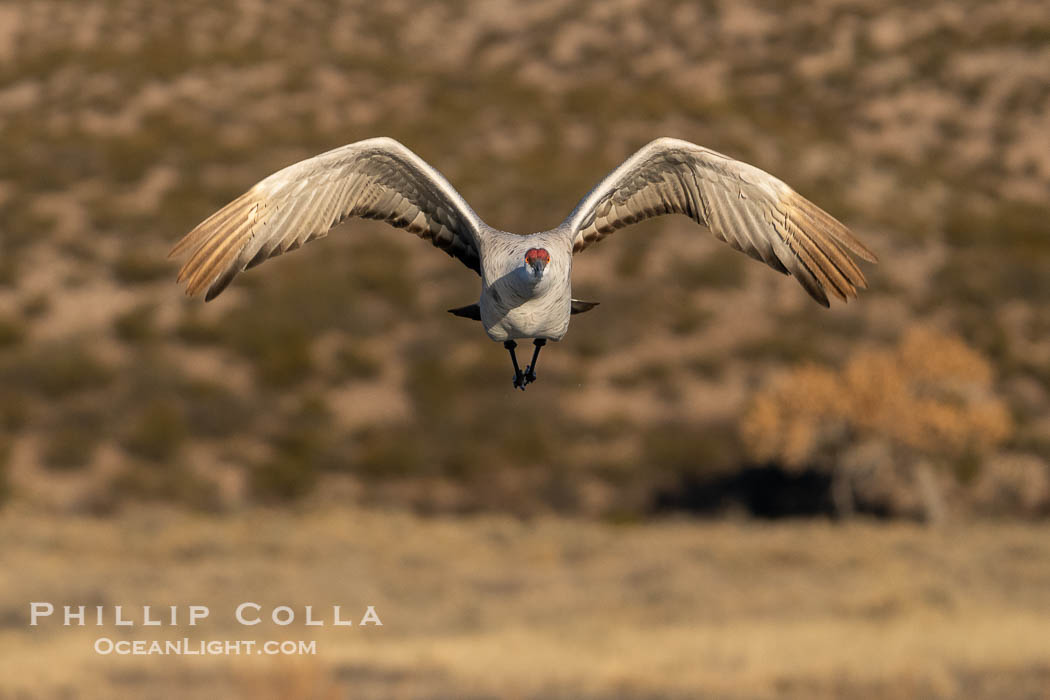
Sandhill crane spreads its broad wings as it takes flight in early morning light. This sandhill crane is among thousands present in Bosque del Apache National Wildlife Refuge, stopping here during its winter migration.
Image ID: 39936
Species: Sandhill Crane, Grus canadensis
Location: Bosque del Apache National Wildlife Refuge, Socorro, New Mexico
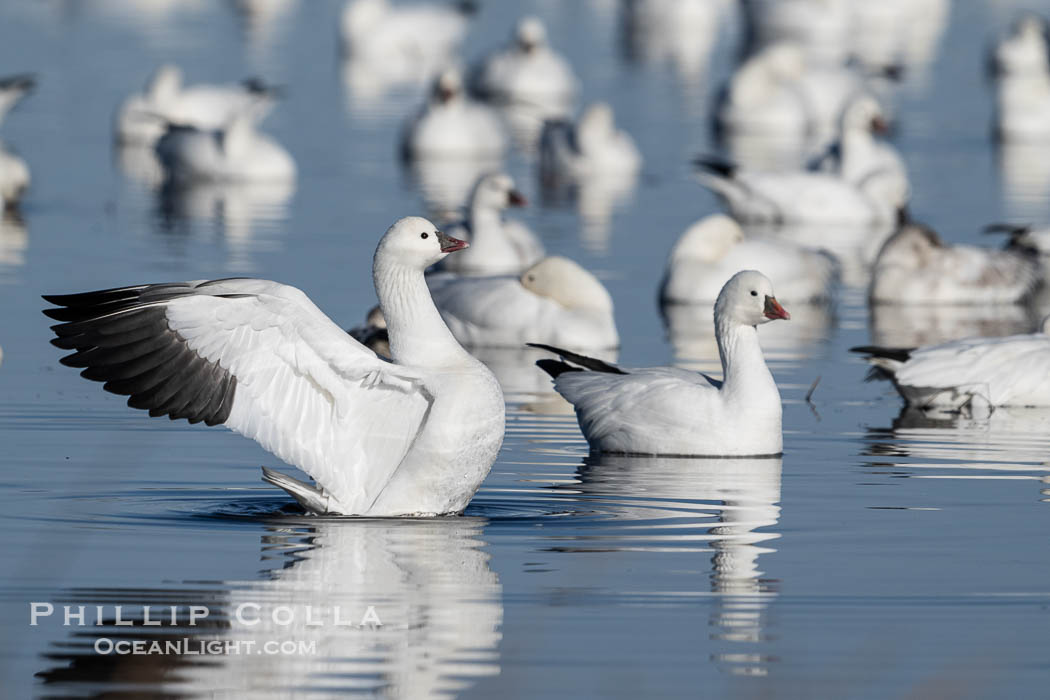
Snow geese resting, on a still pond in early morning light, in groups of several thousands.
Image ID: 39938
Species: Snow Goose, Chen caerulescens
Location: Bosque del Apache National Wildlife Refuge, Socorro, New Mexico
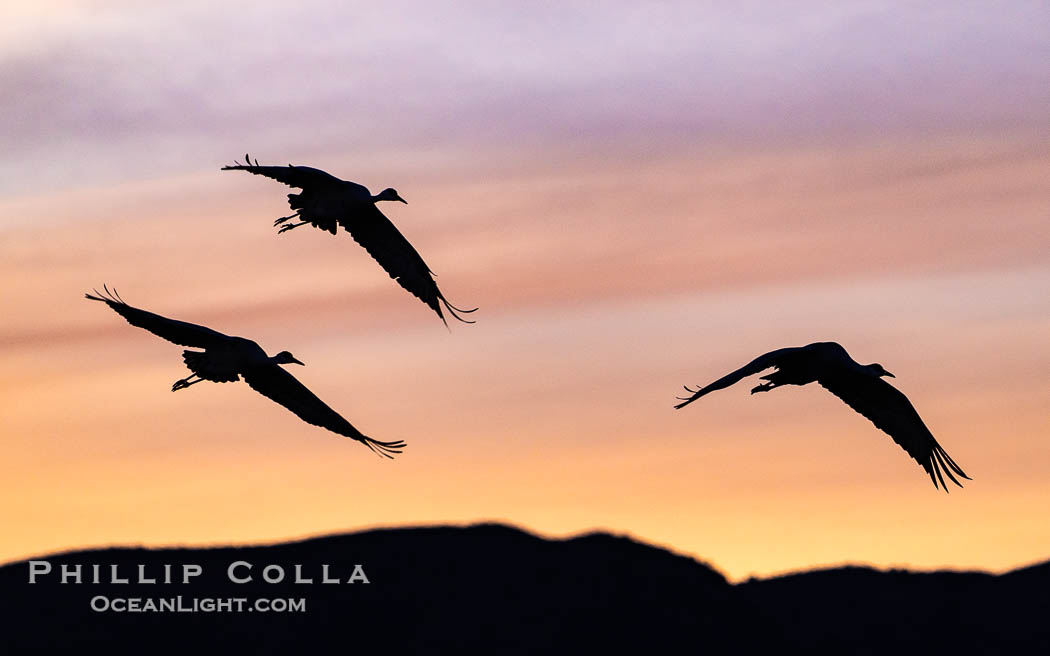
Sandhill cranes, flying across a colorful sunset sky.
Image ID: 39945
Species: Sandhill Crane, Grus canadensis
Location: Bosque del Apache National Wildlife Refuge, Socorro, New Mexico
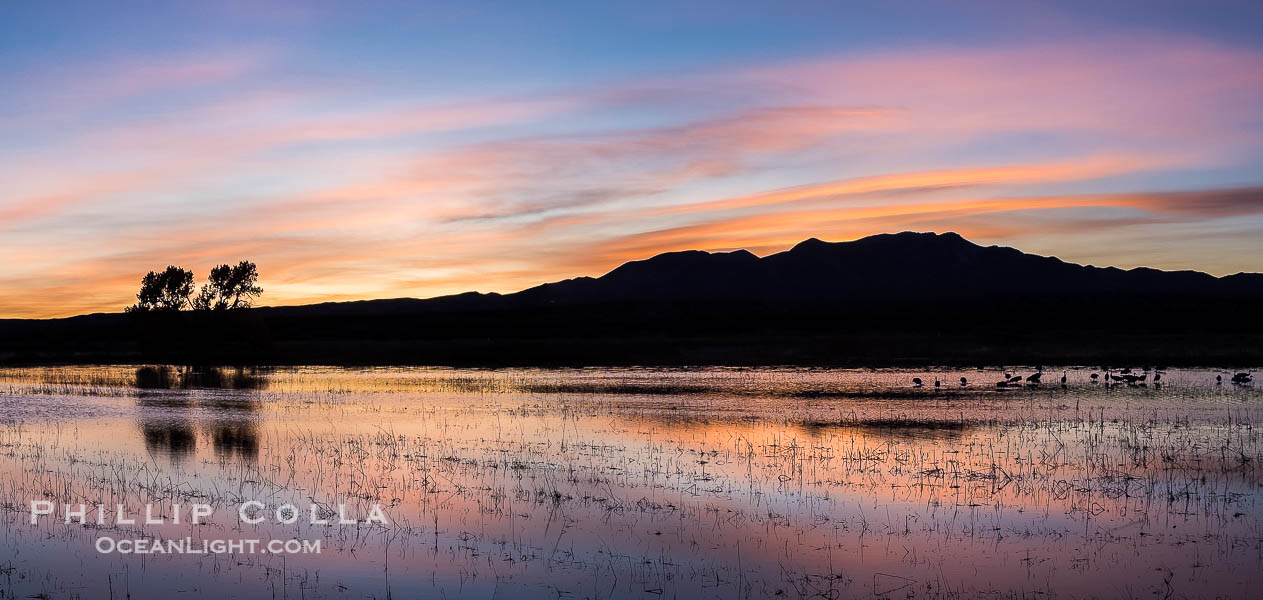
Sunset at Bosque del Apache National Wildlife Refuge. Spectacular sunsets at Bosque del Apache, rich in reds, oranges, yellows and purples, make for striking reflections of the thousands of cranes and geese found in the refuge each winter.
Image ID: 39951
Species: Snow Goose, Chen caerulescens
Location: Bosque del Apache National Wildlife Refuge, Socorro, New Mexico
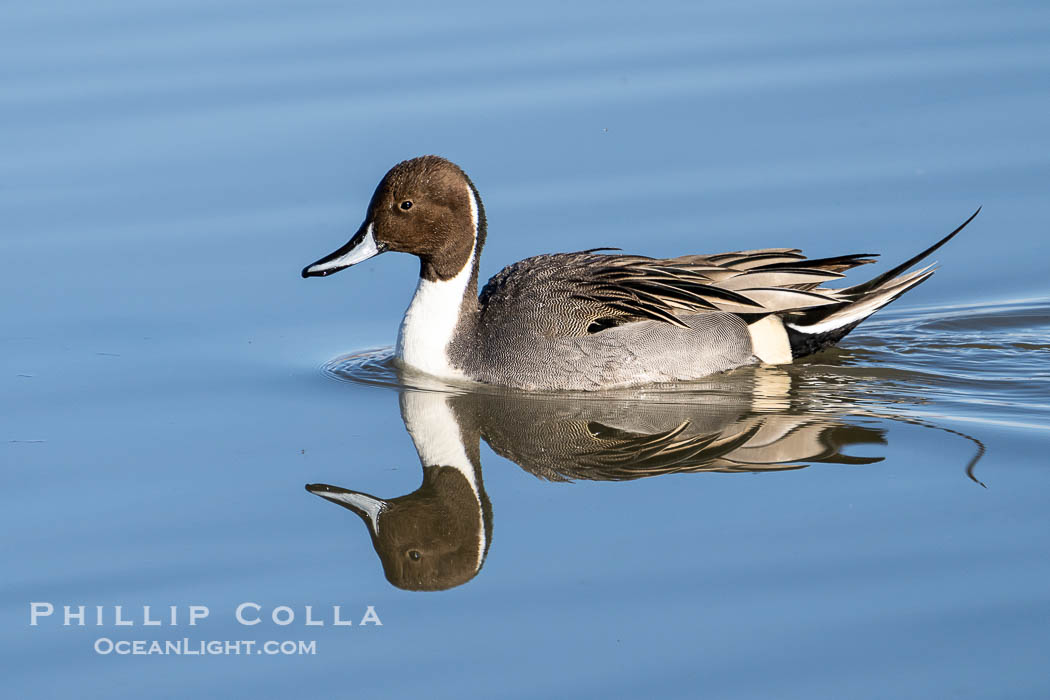
Northern pintail, male, Bosque Del Apache National Wildlife Refuge.
Image ID: 39940
Species: Northern Pintail, Anas acuta
Location: Bosque del Apache National Wildlife Refuge, Socorro, New Mexico
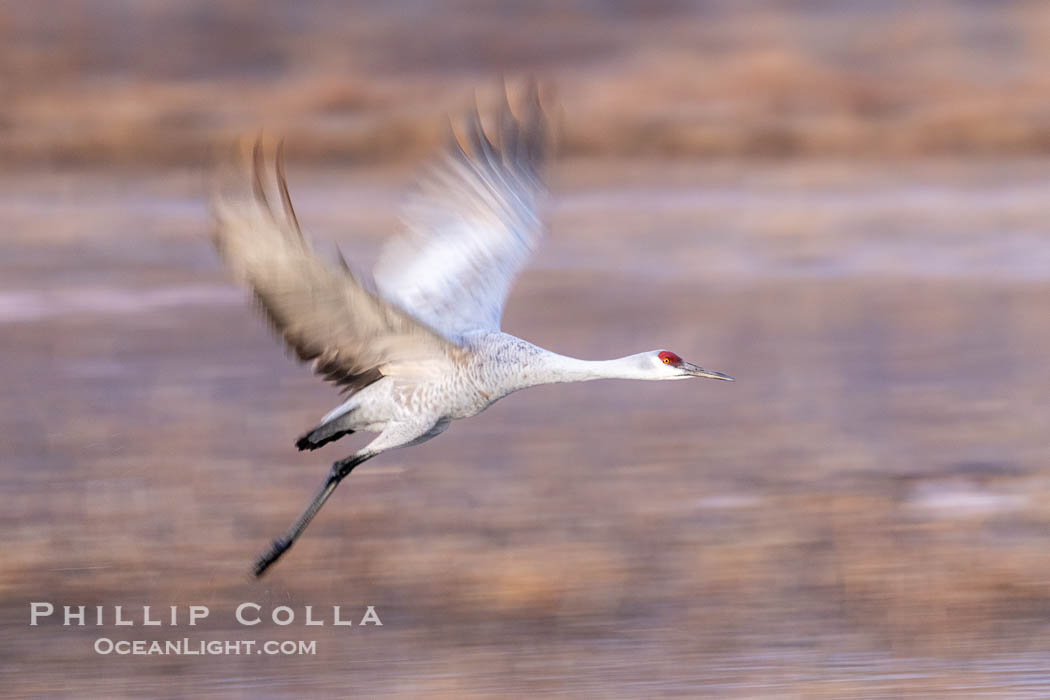
Sandhill crane spreads its broad wings as it takes flight in early morning light. This sandhill crane is among thousands present in Bosque del Apache National Wildlife Refuge, stopping here during its winter migration.
Image ID: 39907
Species: Sandhill Crane, Grus canadensis
Location: Bosque del Apache National Wildlife Refuge, Socorro, New Mexico
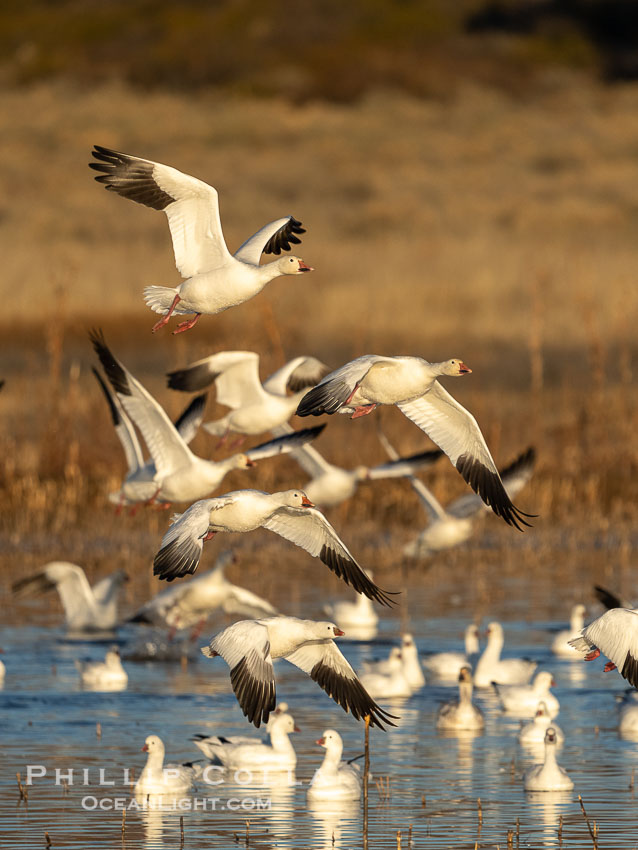
Snow Geese Take Flight at Sunrise, Bosque del Apache NWR.
Image ID: 39912
Species: Snow Goose, Chen caerulescens
Location: Bosque del Apache National Wildlife Refuge, Socorro, New Mexico
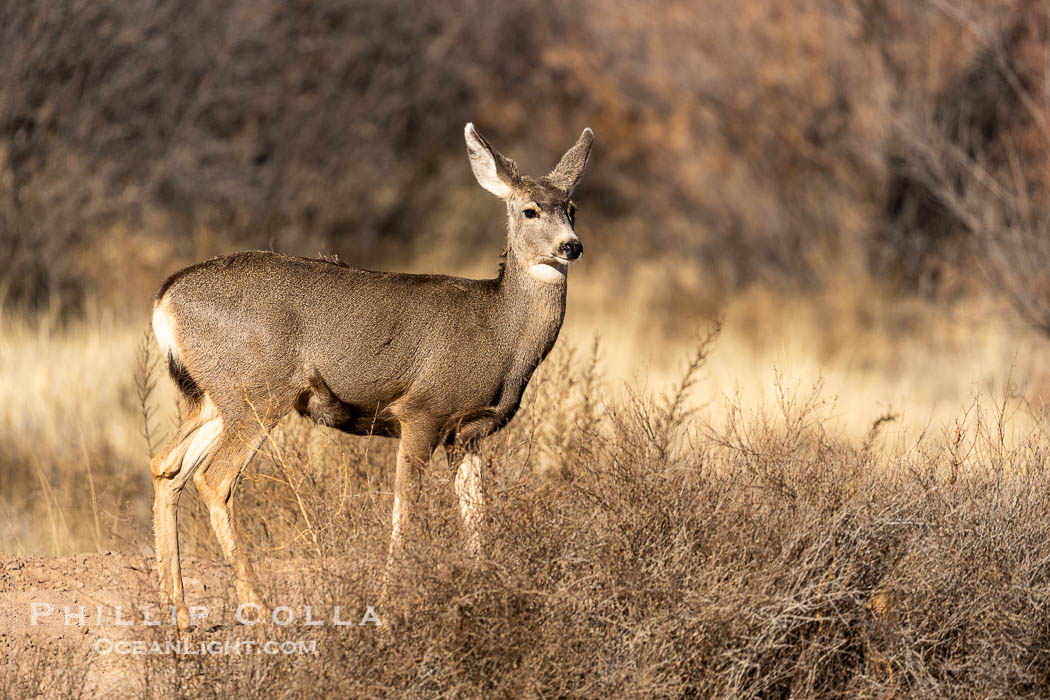
Mule Deer, Odocoileus hemionus, Bosque del Apache NWR.
Image ID: 39916
Species: Mule Deer, Odocoileus hemionus
Location: Bosque del Apache National Wildlife Refuge, Socorro, New Mexico
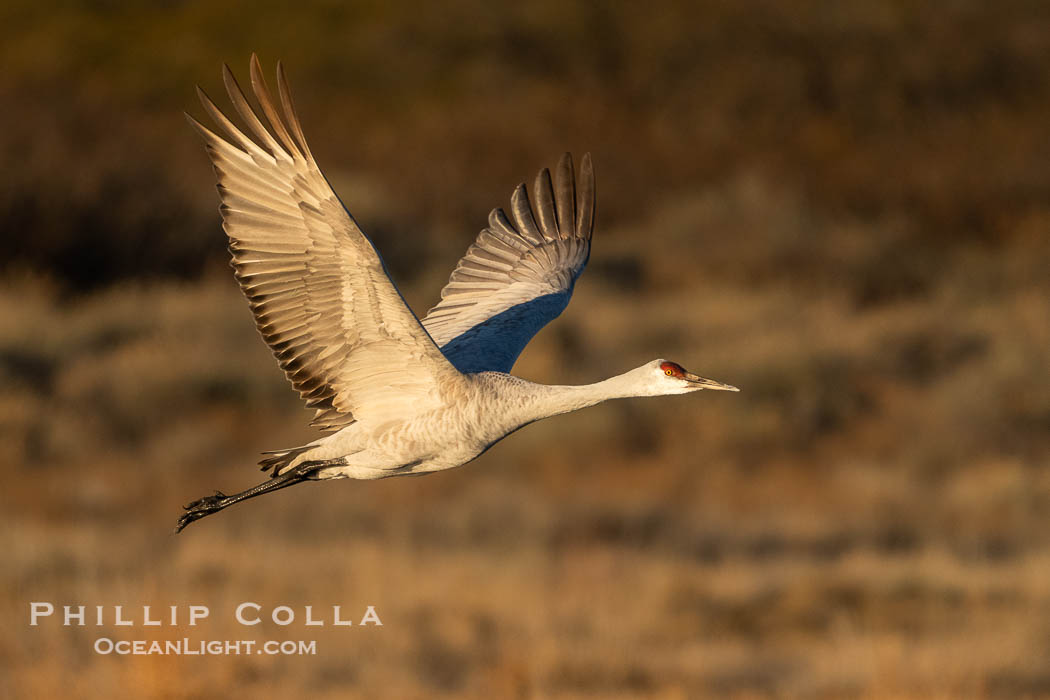
Sandhill crane spreads its broad wings as it takes flight in early morning light. This sandhill crane is among thousands present in Bosque del Apache National Wildlife Refuge, stopping here during its winter migration.
Image ID: 39933
Species: Sandhill Crane, Grus canadensis
Location: Bosque del Apache National Wildlife Refuge, Socorro, New Mexico
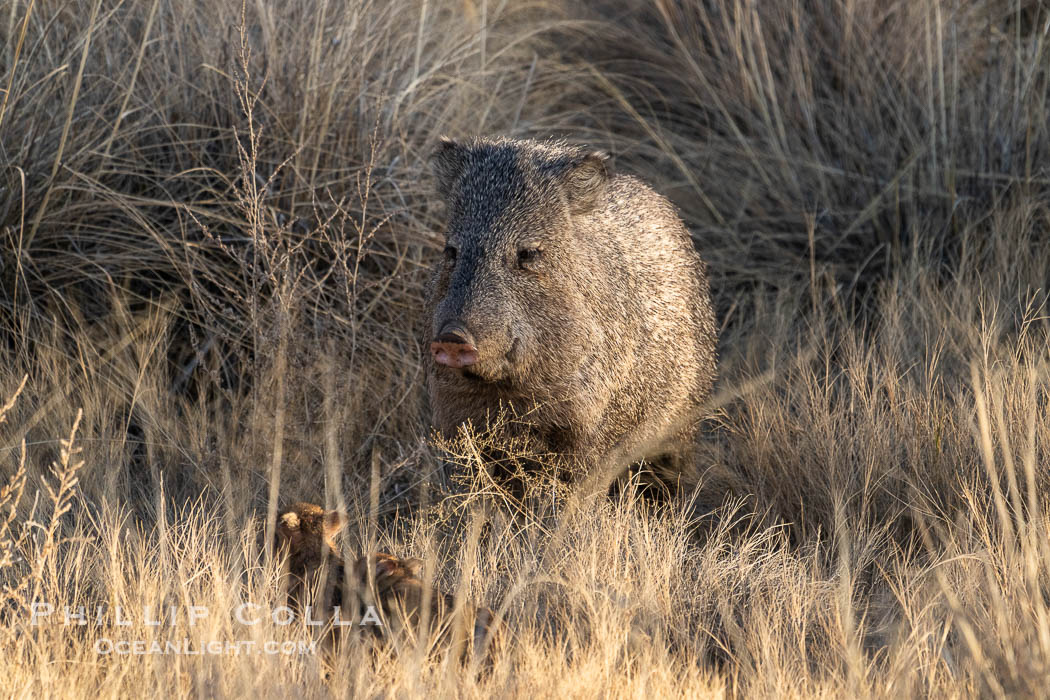
Javelina or collared peccary, Dicotyles tajacu, Bosque del Apache NWR.
Image ID: 39942
Location: Bosque del Apache National Wildlife Refuge, Socorro, New Mexico
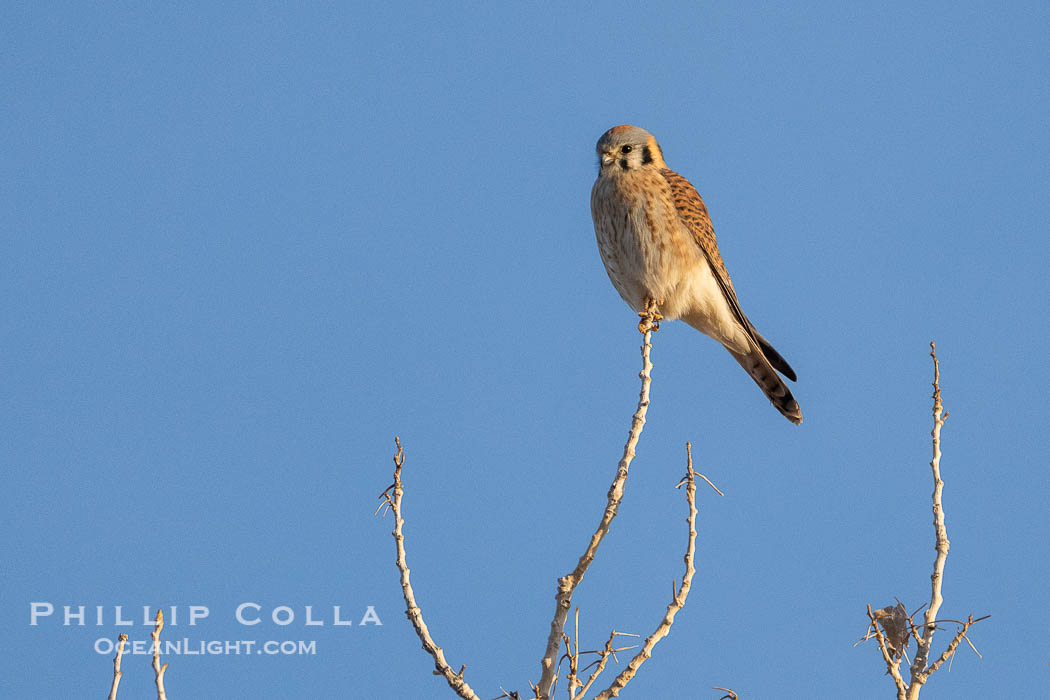
American Kestrel, Falco sparverius, Bosque del Apache National Wildlife Refuge, New Mexico, USA.
Image ID: 39943
Species: American Kestrel, Falco sparverius
Location: Bosque del Apache National Wildlife Refuge, Socorro, New Mexico



